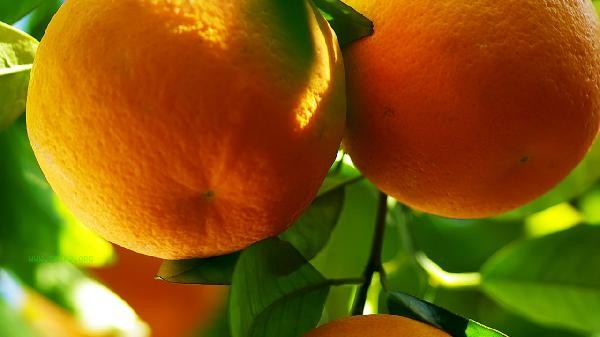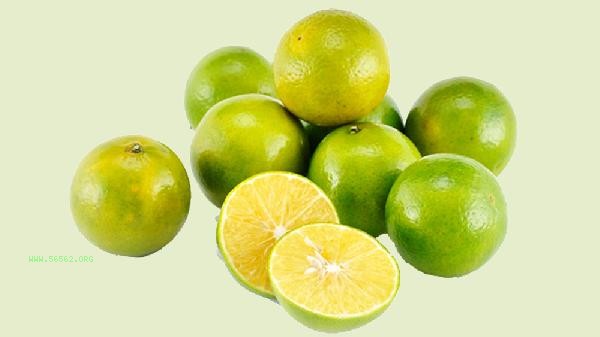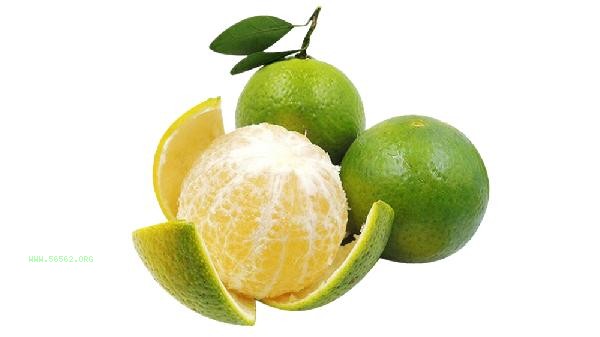The selection of sweet and delicious oranges mainly depends on the color of the skin, the softness of the touch, the aroma, the observation of the stem, and the weight.

1. Peel color
Oranges with high maturity have orange yellow or dark orange skin, with uniform color and no green spots. Fruits with sufficient sunlight will have fine oil cell spots on the skin, and these oranges usually have sufficient sugar accumulation. Avoid choosing fruits that have a bluish or partially white color, as they may not be fully ripe or stored properly.
2. Touch Soft and Hard
Gently press the orange navel with your fingers. High quality oranges should have moderate elasticity and can quickly rebound after pressing. Hard indicates immaturity, while too soft may result in overripe or frostbite. Oranges with delicate and slightly rough skin often have full juice, while those with excessively smooth surfaces may have undergone waxing treatment.
3. Smell the aroma
Place an orange at the tip of your nose and lightly smell it. Fresh and ripe oranges will emit a fresh and sweet aroma. The higher the concentration of volatile aromatic compounds unique to citrus, the sweeter the flavor is usually. If you smell a fermented or moldy smell, it indicates that the fruit has gone bad. Oranges stored at low temperatures have a weaker aroma and should be left at room temperature before judgment.

4. Observe the fruit stem.
The fruit stem of fresh oranges is greenish green and slightly sunken. If it is dry, falls off, or turns black, it may have been stored for too long. Oranges with leaves should be observed for their leaf condition. The lush green and crisp leaves indicate a shorter picking time. Pay attention to whether there are mold spots or wounds around the fruit stem, as they can easily breed mold.
5. Weighing
Choosing oranges with a heavier texture for the same volume indicates that the flesh is firm and juicy. Light floating may be due to dehydration or excessive skin thickness. Choose oranges from the same batch with a weight difference of more than 20% carefully. When purchasing in winter, pay attention to eliminating the weight increase caused by surface frosting.

It is recommended to purchase oranges during the current season, as different varieties mature from autumn to the following spring. Sugar orange peel is thin and easy to peel, with high sweetness but difficult to preserve; Navel oranges have abundant juice and a strong flavor, making them suitable for juicing; Sweet and sour tangerines are suitable, with delicate flesh. Store in a cool and ventilated place, avoiding humid environments. Daily consumption of 200-350 grams can meet the demand for vitamin C, and people with gastrointestinal sensitivity should avoid eating on an empty stomach. If the fruit pulp is found to be shriveled or has a bitter taste, it should be immediately stopped from consumption.








Comments (0)
Leave a Comment
No comments yet
Be the first to share your thoughts!